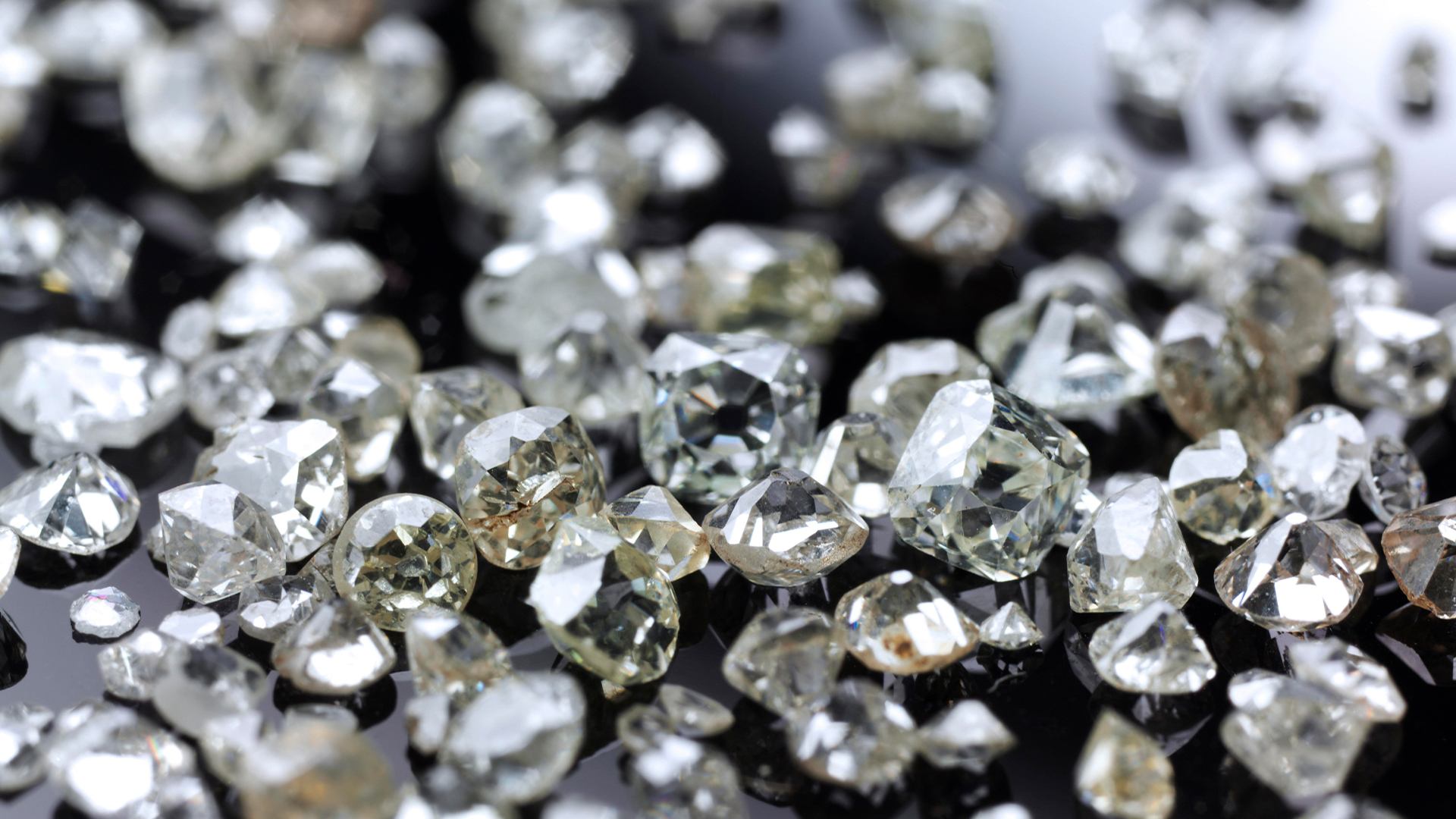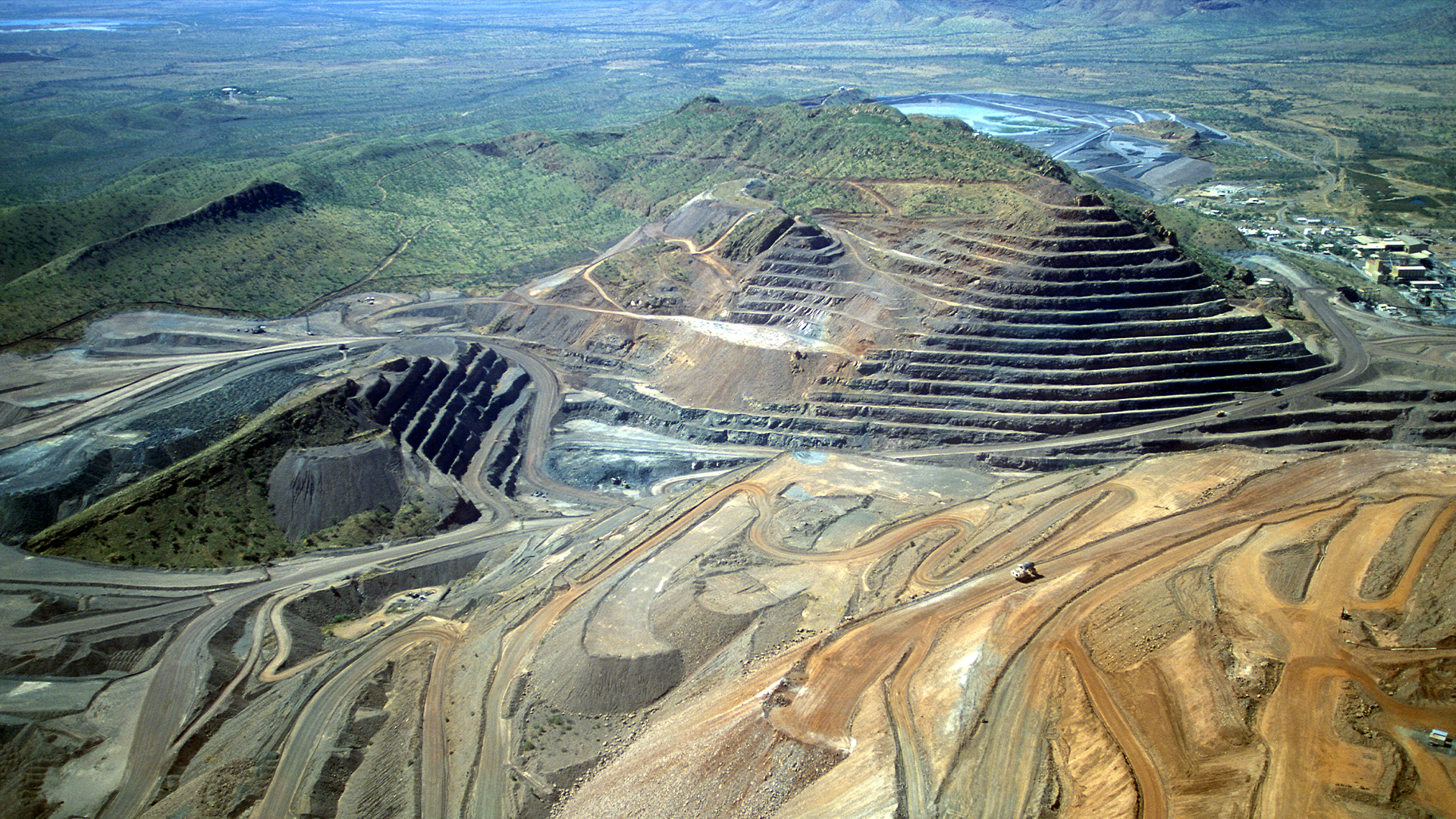
What's the deepest-occurring gemstone on Earth?
Very few gems can withstand the intense pressure of Earth's mantle, but some require it to crystallize.

In Virgin Valley, Nevada, it's possible to spend an afternoon digging for rare black fire opals, while visitors to Coalinga, California, can scour the dirt for pieces of the state's official gemstone, benitoite. At Arkansas' Crater of Diamonds State Park, aspiring gemhounds pay just $10 to hunt for the world's most sought-after stones.
Each of these outings requires little more than hand tools, yet most gemstones originate between 3 to 25 miles (5 to 40 kilometers) belowground, and some extend far deeper.
But which gemstones are found the deepest, and how do they make their way to the surface?
According to Lee Groat, a mineralogist at the University of British Columbia, the deepest known gemstones are diamonds, sought for their beauty, use in industry and the scientific data they contain.
How diamonds form still isn't entirely understood, but laboratory experiments show that the gemstones crystallize only under extreme pressures. Most naturally occurring stones have been traced to the upper mantle, at depths between 93 and 186 miles (150 to 300 km), where pressures can reach beyond 20,000 atmospheres.
Related: What is the rarest mineral on Earth?

For a long time, this put diamonds in competition with a gem called peridot for the title of deepest-occurring gemstone. Peridot is the gem form of a mineral called olivine that makes up more than half of the upper mantle, which extends from the base of the crust down to 255 miles (410 km). But in 2016, scientists described a collection of superdeep diamonds sourced from around 410 miles (660 km), and another batch in 2021 was determined to come from a depth of 466 miles (750 km).
Sign up for the Live Science daily newsletter now
Get the world’s most fascinating discoveries delivered straight to your inbox.
"It'd been hard to tell whether diamonds or peridot were the deepest, but that pretty much settled the debate," Groat said.
To come up with those estimates, researchers studied the diamonds' crystallization patterns as well as their inclusions — bits of mineral or fluids entombed in the gems from when they were formed. Inclusions of a mineral called bridgmanite and iron-nickel-carbon-sulfur melt told scientists that these superdeep diamonds likely formed in the lower mantle, which is made up of about 75% bridgmanite, and that they grew from liquid metal surrounded by methane. At these depths, pressures can exceed 235,000 atmospheres.
Diamonds are also thought to be extremely old. Some estimates suggest that diamonds on the surface today may have formed up to 3.5 billion years ago, although many are much younger. Their longevity is attributed to the strength of their chemical bonds, Groat said. Diamonds are made of carbon, and because they form under pressure, "it takes a great force to break their bonds apart." Heating a diamond above 1,652 degrees Fahrenheit (900 degrees Celsius) will cause it to degrade into graphite.
Gemologists didn't need to burrow into the Earth to learn this; the deepest we've ever penetrated into the planet's interior, at the Kola Superdeep Borehole in Russia, barely scratched the surface, at just 7.8 miles (12.6 km) deep.
Instead, diamonds are brought to the surface by a unique type of magma called kimberlite. Kimberlite magmas tend to be volatile, erupting at speeds of more than 100 feet per second (30 meters per second) and pulling diamonds from the surrounding rocks as they go. In this way, gemstones that formed over billions of years jettison to the surface in months or even hours.
Beyond their aesthetic value and their natural hardness, which makes them attractive to industries interested in blades, drill bits and polishing powders, diamonds contain priceless scientific information, said Ananya Mallik, an experimental petrologist at the University of Arizona. In many cases, "diamonds are the only sources that researchers have for understanding the makeup of the planet's interior and the processes taking place there," she told Live Science.
By studying these gemstones, scientists have learned that early Earth wasn't as tectonically active as it is today. Other analyses have revealed carbon signatures consistent with photosynthesis, showing that the carbon cycle reaches deep into the planet's interior. More recently, scientists studying rare diamonds found evidence of water deeper in the mantle than previously expected, and even discovered entirely new minerals.
"Diamonds have their own value because of their beauty, but in addition to that, their scientific importance makes them even more valuable," Mallik said.

Amanda Heidt is a Utah-based freelance journalist and editor with an omnivorous appetite for anything science, from ecology and biotech to health and history. Her work has appeared in Nature, Science and National Geographic, among other publications, and she was previously an associate editor at The Scientist. Amanda currently serves on the board for the National Association of Science Writers and graduated from Moss Landing Marine Laboratories with a master's degree in marine science and from the University of California, Santa Cruz, with a master's degree in science communication.










